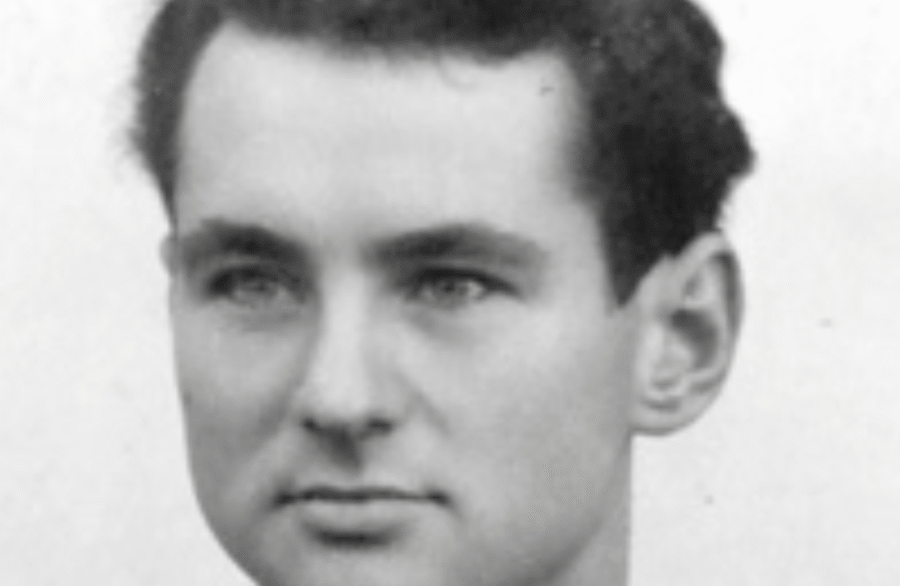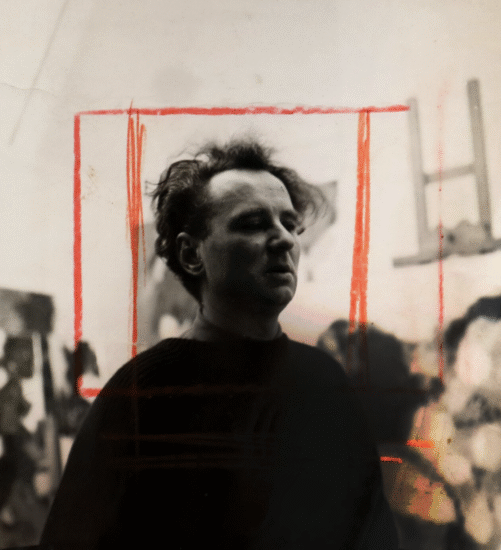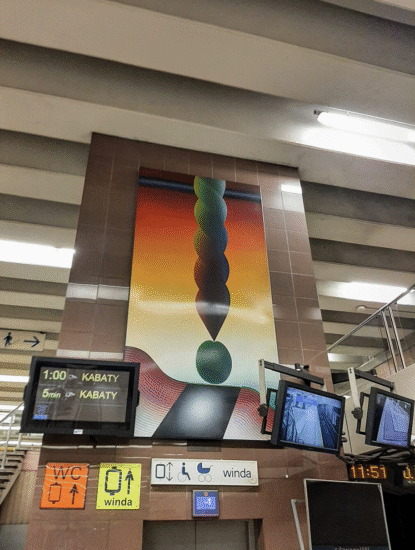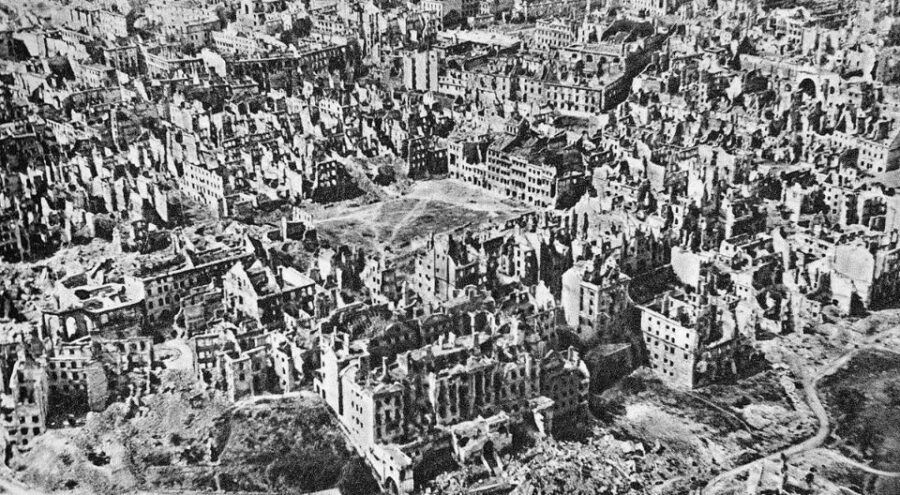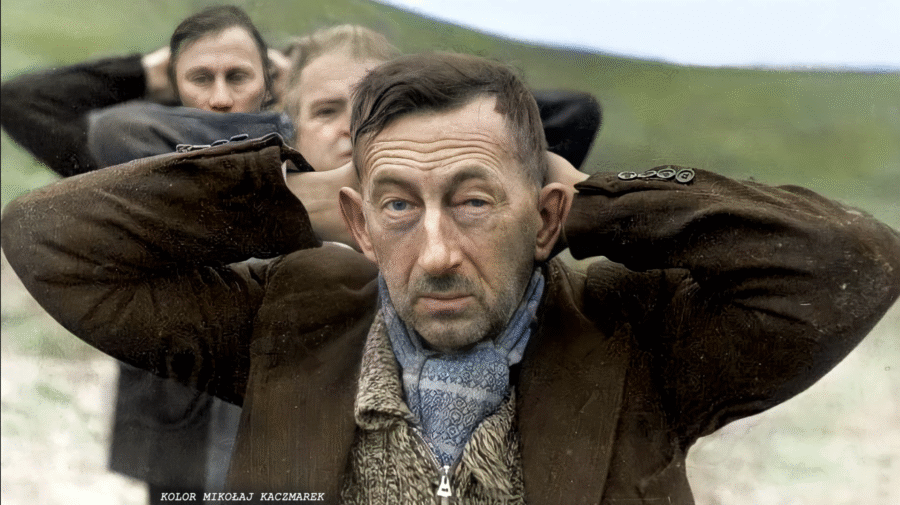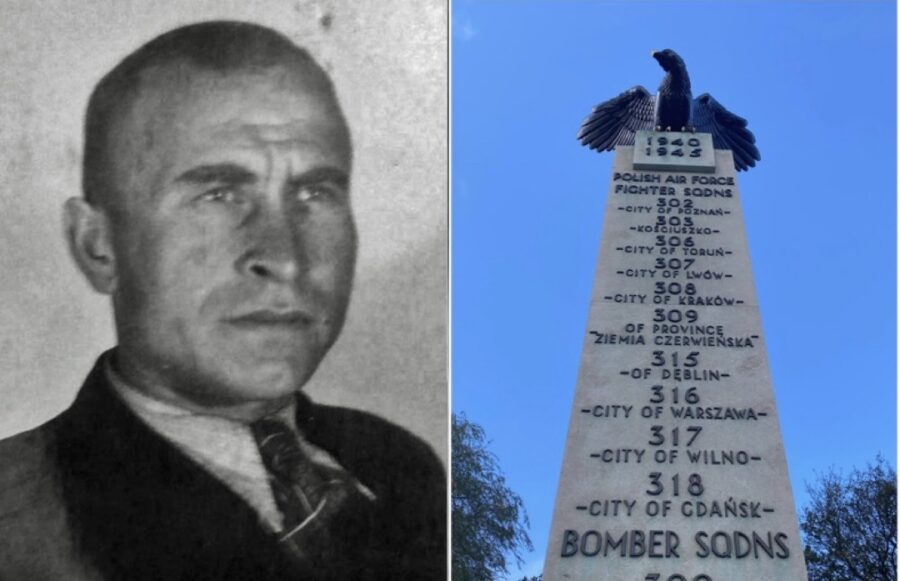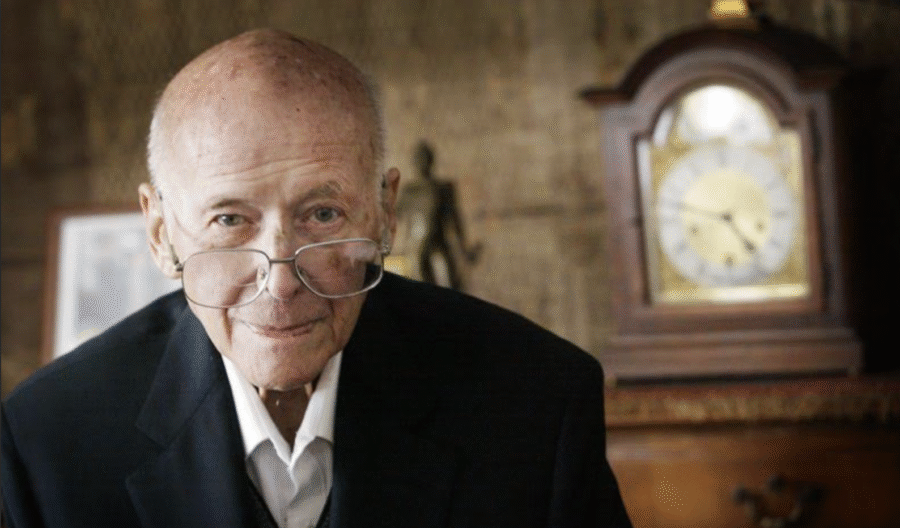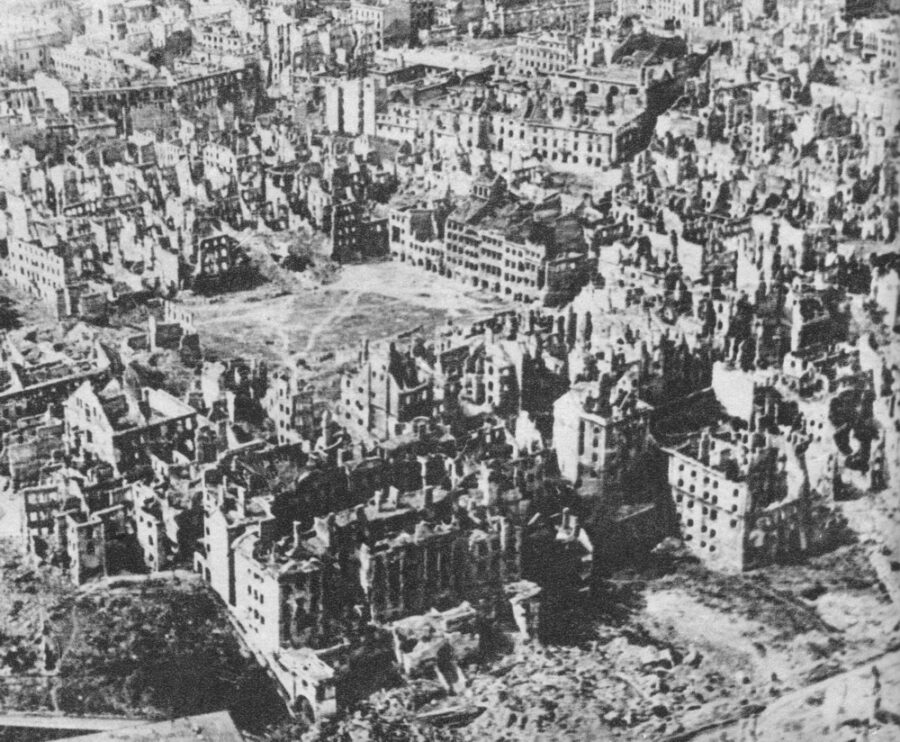„Polish RAF pilot becomes a world-famous painter„! – once wrote The Guardian! „This slender and good-looking boy had two dreams, become a fighter pilot and a renowned artist” – wrote about Stefan Knapp, Władysław Nycz, a pilot of the Polish 318 Squadron.
Knapp fulfilled both his dreams. Stefan Knapp – a Soviet Gulag survivor and a WW2 pilot, who became a world-famous artist. The only Pole to receive the prestigious Churchill Fellowship. His paintings can be found in the United Nations HQ in Geneva. During the 1970s, he created one of the largest murals in the world (about 60⨯15 metres) painted on a department store building in New Jersey, United States. Another one of his murals adorns Heathrow Airport, and another one entitled „The Battle of Britain” was once painted in a Warsaw underground station.
Many of his paintings and sculptures are in prestigious art galleries and private collections around the world. Before WW2 and during the Soviet occupation, he studied in Lwów, where his artistic career was cut short by the Soviets. His father, a property owner, was killed, and Stefan was sent to a gulag in Siberia.
Years later, when he became a famous artist, he recalled his traumatic events from the Siberian exile in his autobiography „The Square Sun”. Following the Sikorski-Mayski Agreement amnesty, Stefan Knapp joined Gen. Anders’ army. He didn’t want to serve in the infantry; he wanted to be a pilot. After completing the necessary tests, he was sent to Great Britain, where he began his training.
He was assigned to the 318 Polish fighter-reconnaissance squadron flying the Supermarine Spitfire. Even when he was on duty as a combat pilot, he didn’t abandon his artistic work. It is said he painted portraits of all his fellow pilots in the squadron. After WW2, like many other Polish airmen, he remained in exile.
He settled in Great Britain and studied at the Royal Academy of Arts. His artistic career took off in 1954 when he was recognised as the author of a unique and innovative style and technique, which involved melting glass into pieces of light steel, using specially made furnaces. During the 1960s, he moved away from painting in favour of creating sculptures and murals.
He was also the author of decorations for synagogues. Although his works were sold to many people and art galleries around the world, he maintained close relations with Poland and the Polish people. His astronomy-themed mosaic adorns the walls of Nicolaus Copernicus University in Toruń, Poland.
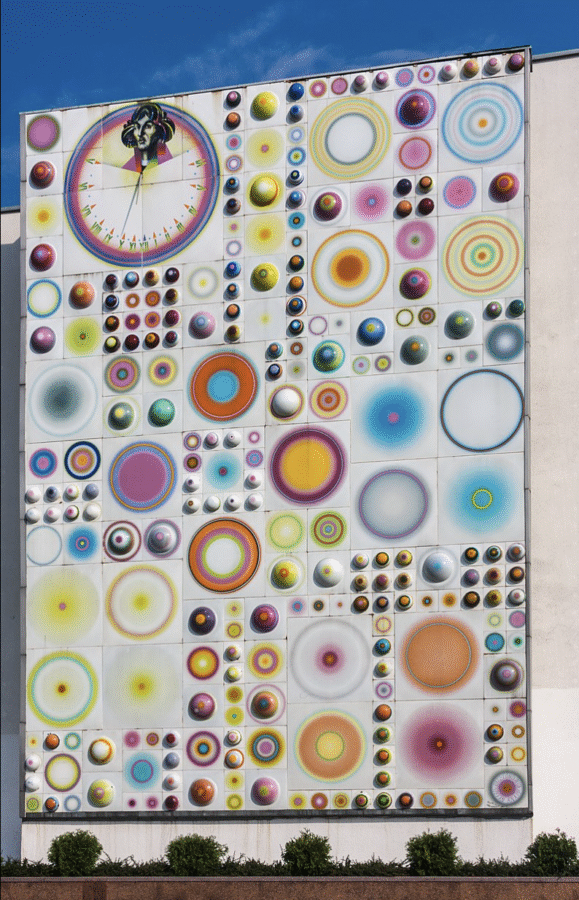
One of his paintings depicting the artist’s vision of the universe was given as a gift to Pope John Paul II.
Stefan Knapp passed away suddenly on 12 October 1996 while working in his studio in London. He was 75. Thousands of people attended his funeral in London. He is buried in Godalming.
–
Source: IPN
PHotos: Wikipedia, public domain
PHotos: Wikipedia, public domain


